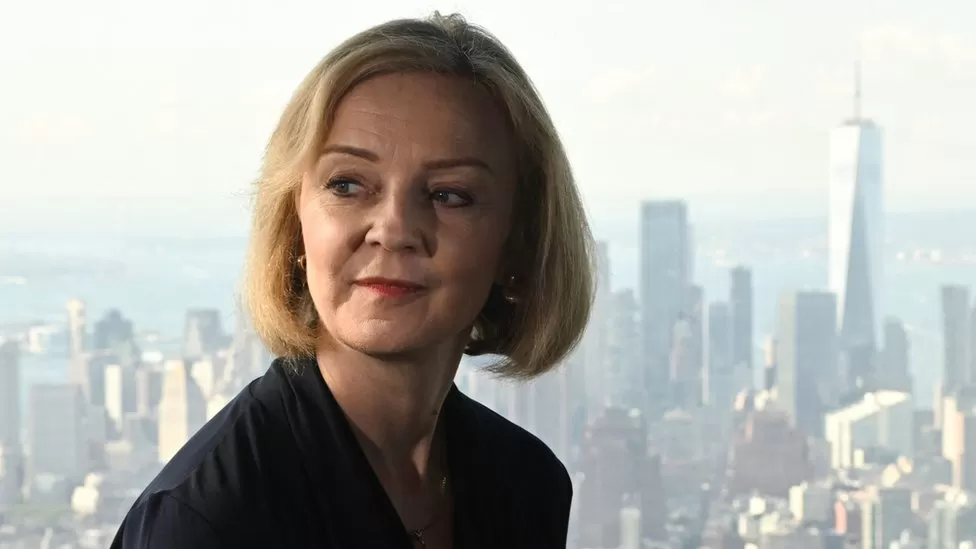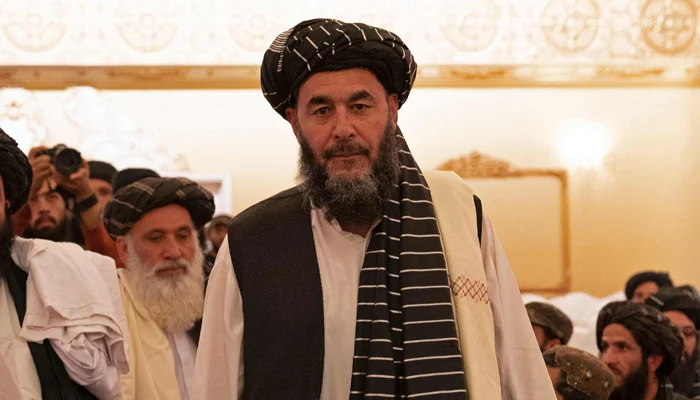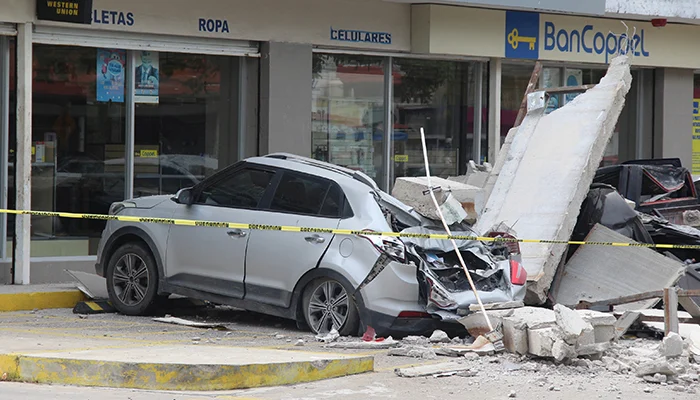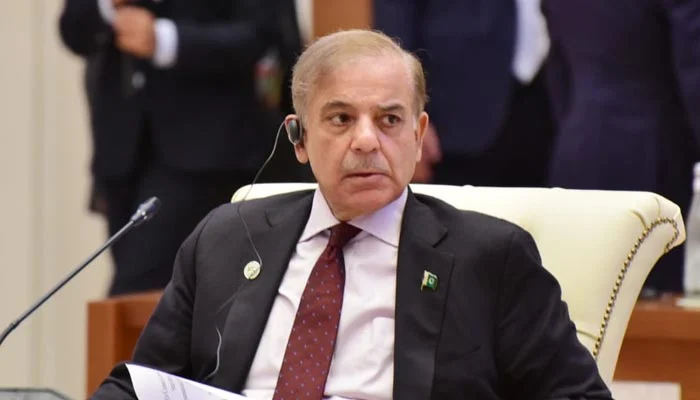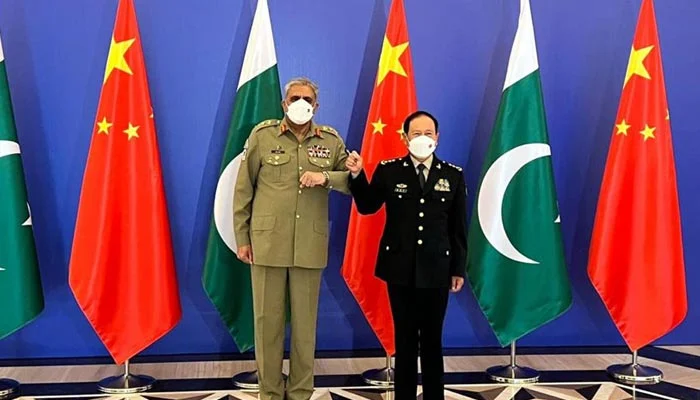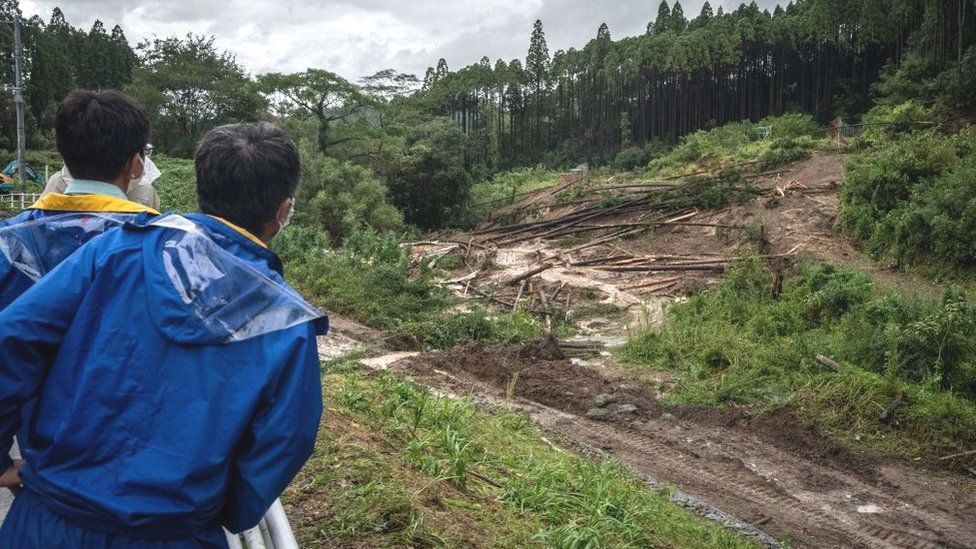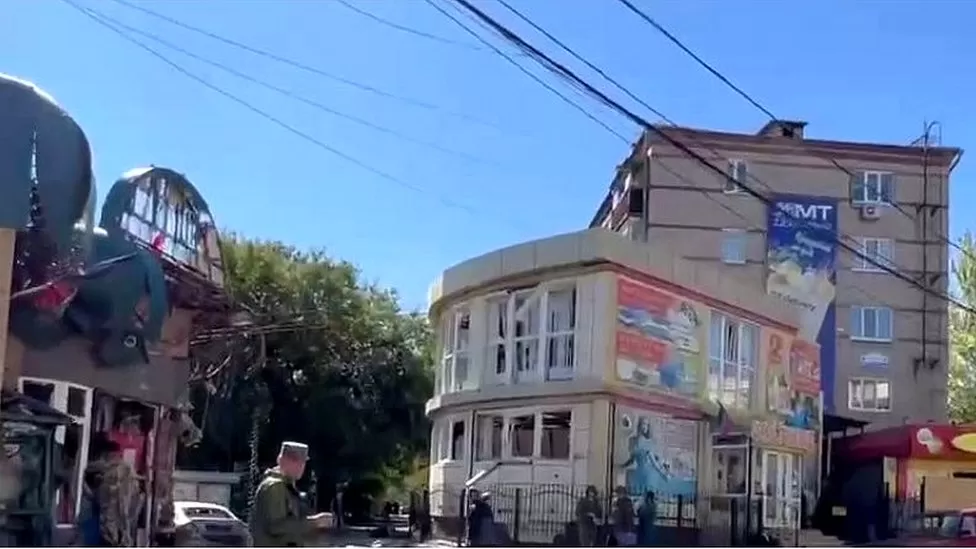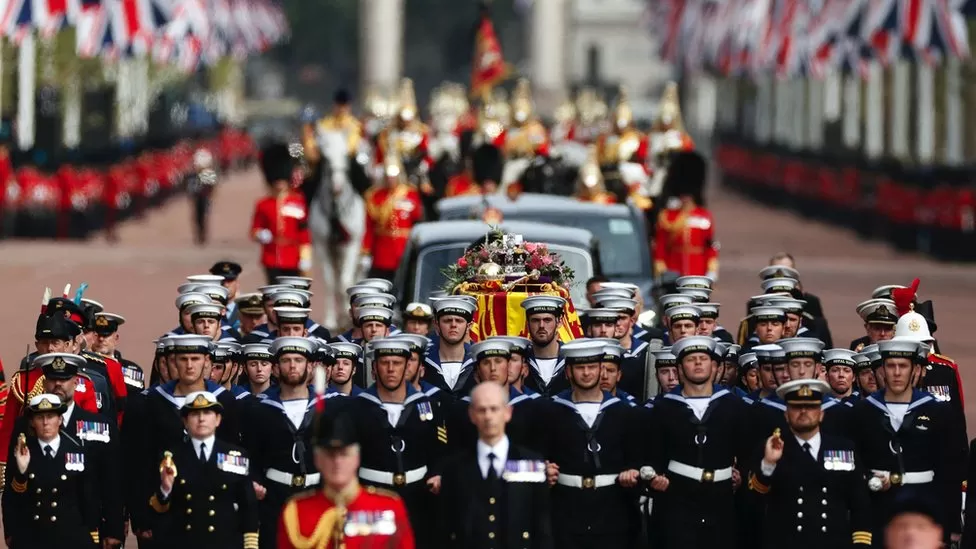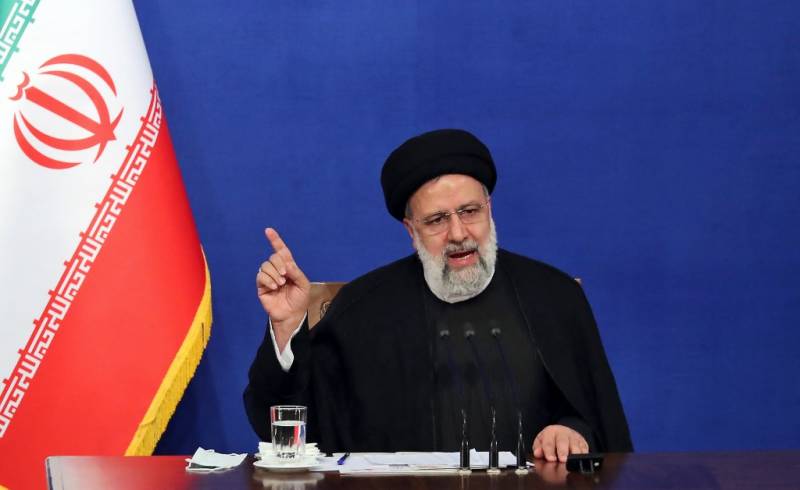They will hold their first bilateral meeting on Wednesday, after Ms Truss travelled to New York for a UN summit.
Tensions between the two leaders have emerged over controversial UK plans to override the Northern Ireland Protocol.
Ms Truss has said she will not allow problems with the deal to “drift”.
Speaking to reporters in New York, she said the UK must fix issues preventing the formation of a new government in Northern Ireland and ensure “free-flowing trade east to west as well as north to south”.
Both Mr Biden and Ms Truss have said a negotiated resolution to the row over the protocol – which was signed when Boris Johnson was prime minister – between London and Brussels is preferable.
Ms Truss said: “I’ve always been clear my preference is for a negotiated settlement to deal with those issues and I will continue to seek that. But what I will not allow is for this situation to drift.”
US national security adviser, Jake Sullivan, told reporters on Tuesday the president would encourage the UK and EU to reach a deal to protect the Northern Ireland peace deal – the Good Friday Agreement.
Ms Truss declined to discuss the protocol with France’s President Emmanuel Macron on Tuesday, and No 10 did not say whether she would raise it with European Commission President Ursula von der Leyen.
But Mr Sullivan made clear Mr Biden would discuss it “in some detail” with Ms Truss, when they meet as part of her trip to address the UN General Assembly.
Mr Biden would “communicate his strong view that the Good Friday Agreement – which is the touchstone of peace and stability in Northern Ireland – must be protected”, his adviser added.
The Northern Ireland Protocol is the post-Brexit agreement which allows for special trading arrangements between the Republic of Ireland and Northern Ireland.
It keeps Northern Ireland in the EU’s single market for goods, avoiding the need for a hard border between the UK and Ireland after Brexit.
But it has been a source of tension since it came into force at the start of 2021.
Currently there is no functioning devolved administration in Northern Ireland because the Democratic Unionist Party (DUP) – the second-largest party in the recent Stormont elections – oppose the protocol and refused to take part in a power-sharing government until its concerns are resolved.
Earlier this week, the UK government told the EU it would continue delaying customs checks on goods moving from Great Britain to Northern Ireland, despite ongoing legal action from Brussels over this stance.
The government is pushing ahead with its controversial Northern Ireland Protocol Bill, which the EU and other critics claim would breach international law by suspending parts of the deal on which the UK left the bloc.
The prime minister’s acknowledgement that a UK-US trade deal was a long way off has been interpreted as an attempt to neutralise suggestions from the White House that her stance on the protocol could scupper any deal, says the BBC’s political editor Chris Mason.
Other differences between the two leaders were highlighted on Tuesday when Mr Biden tweeted that he was “sick and tired of trickle-down economics” – the theory that cutting taxes for businesses and wealthy people will benefit poorer workers as money makes its way through the economy.
Although apparently not intended as a criticism of Ms Truss, the comment underlines the political differences between the two leaders ahead of their meeting. The prime minister’s official spokesman called it “ludicrous” to suggest Mr Biden was referring to Ms Truss in his tweet.
The PM has expressed a determination to cut taxes in recent weeks, arguing that doing so will boost economic growth and prosperity overall.
Mr Biden and Ms Truss were originally scheduled to meet in London on Sunday, after the president travelled to the UK for the Queen’s funeral, but that meeting was postponed.


